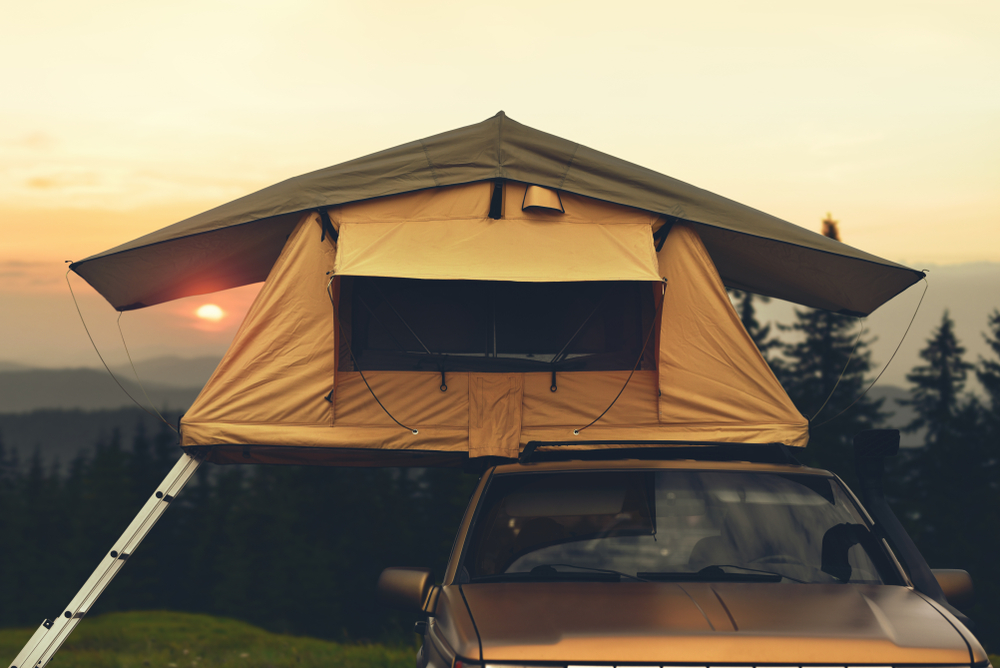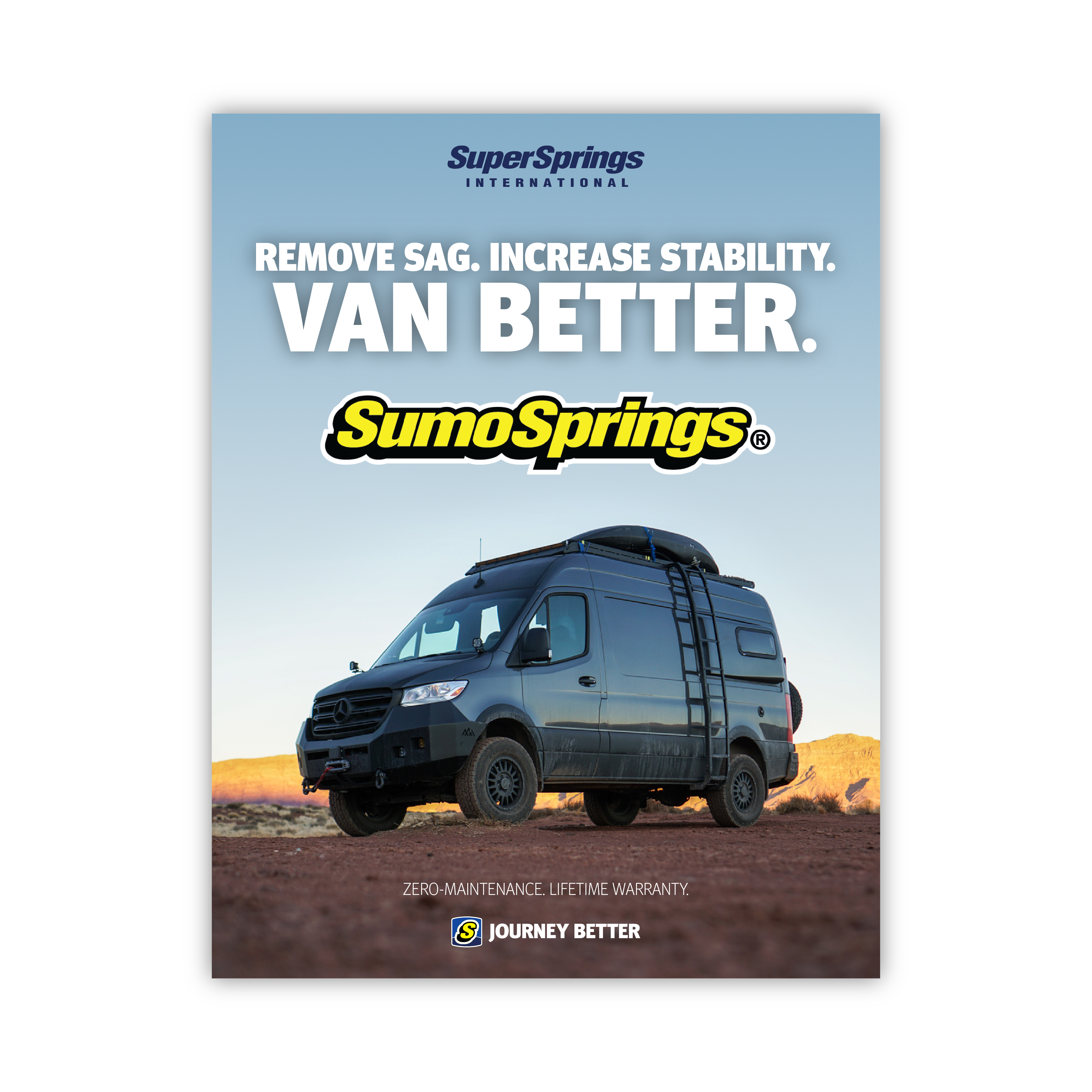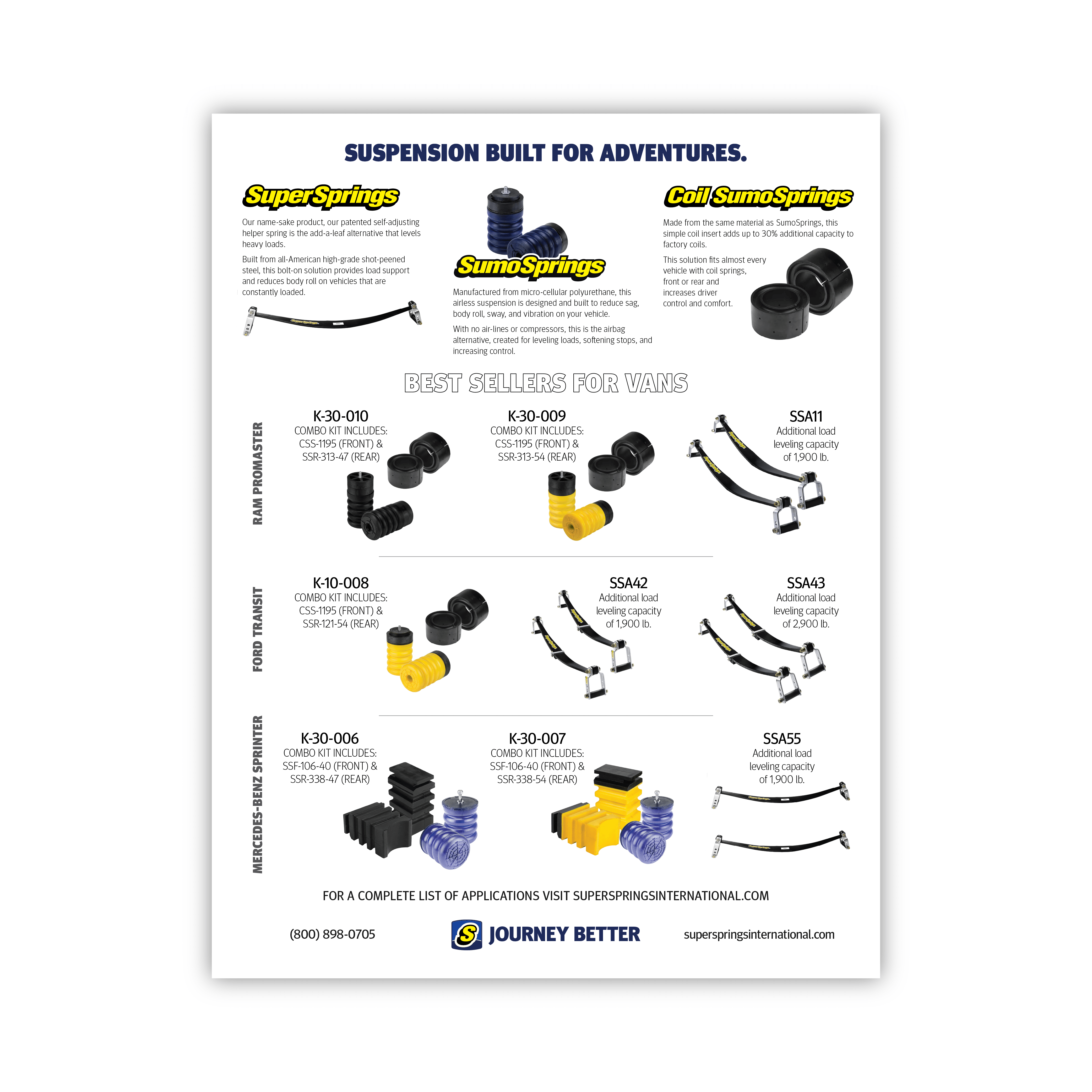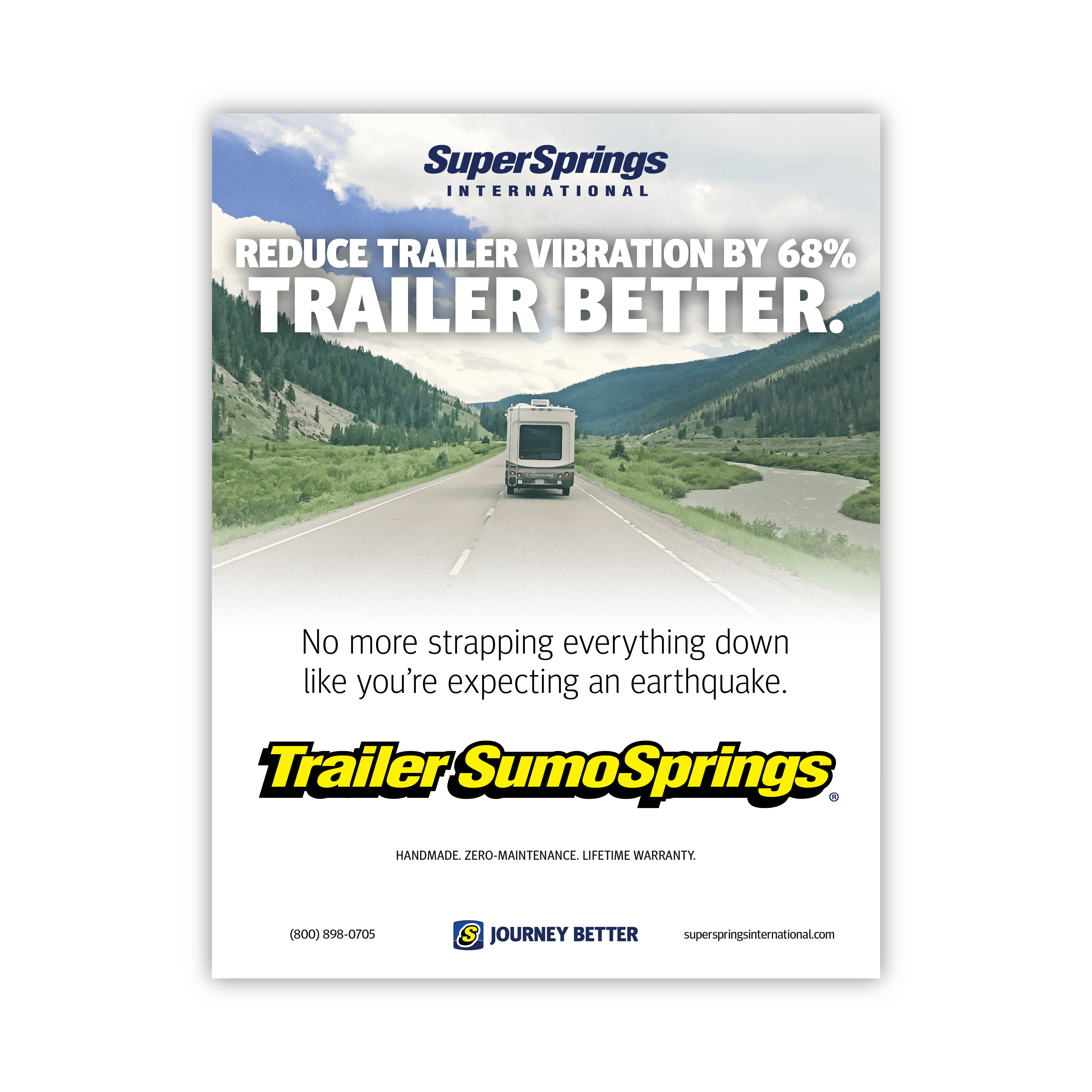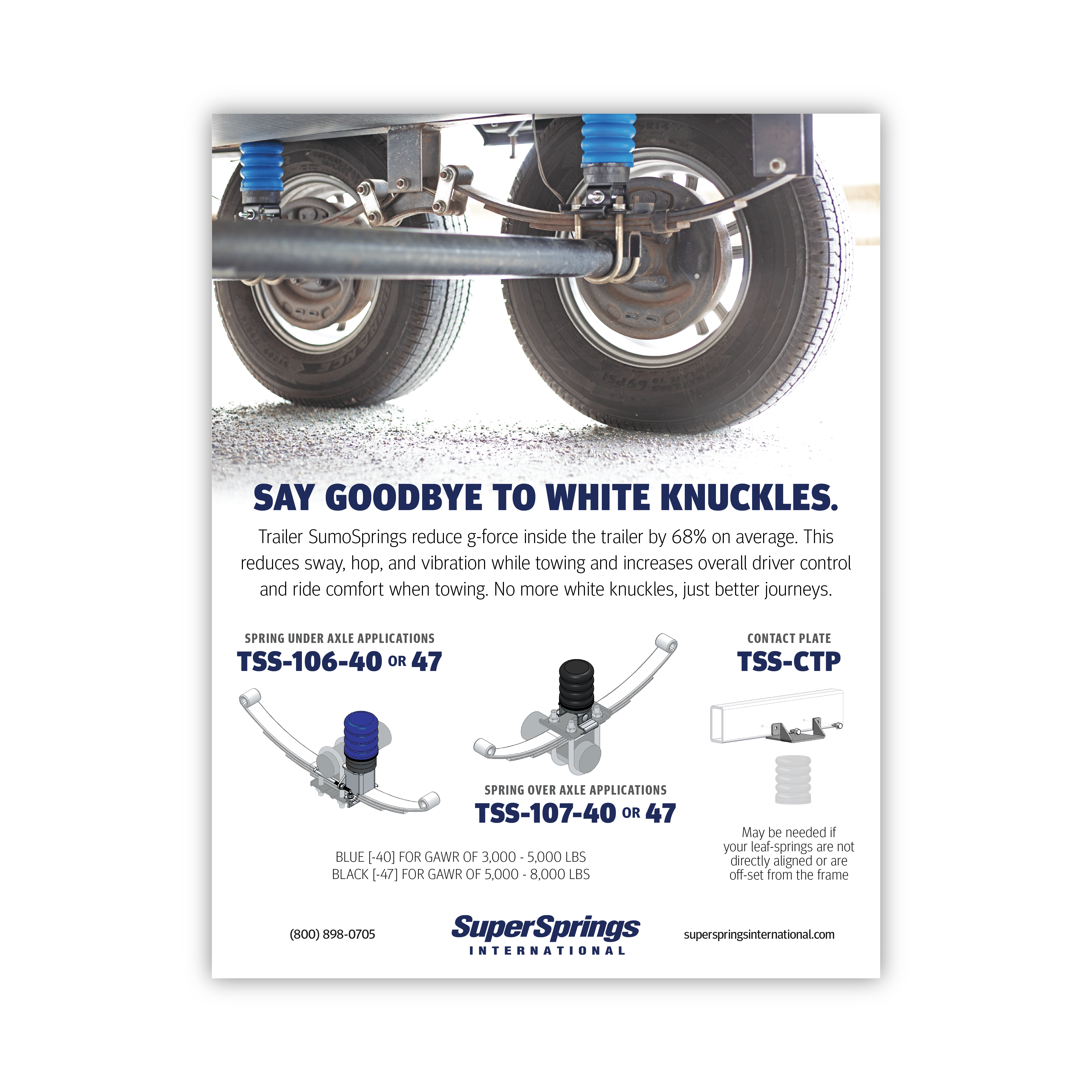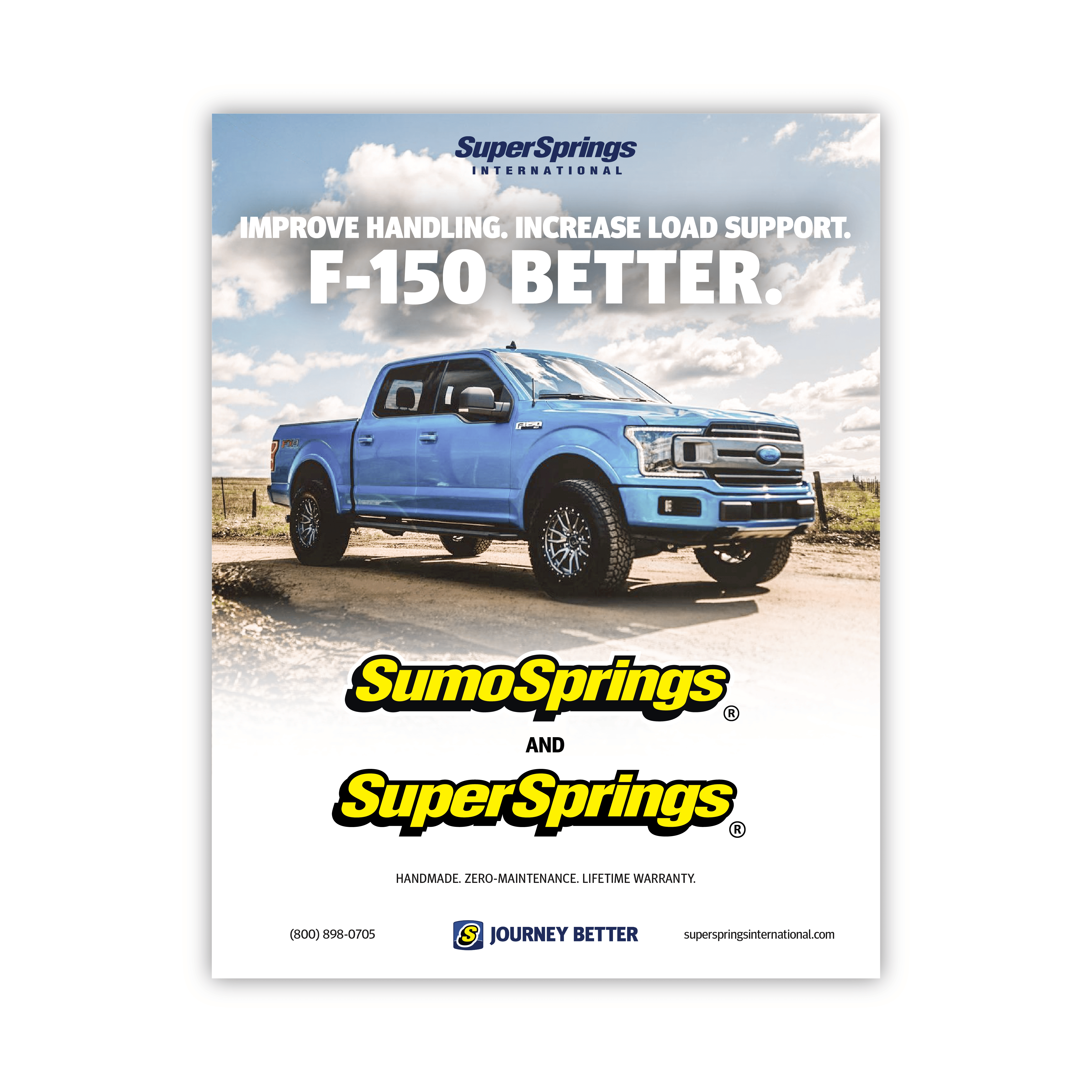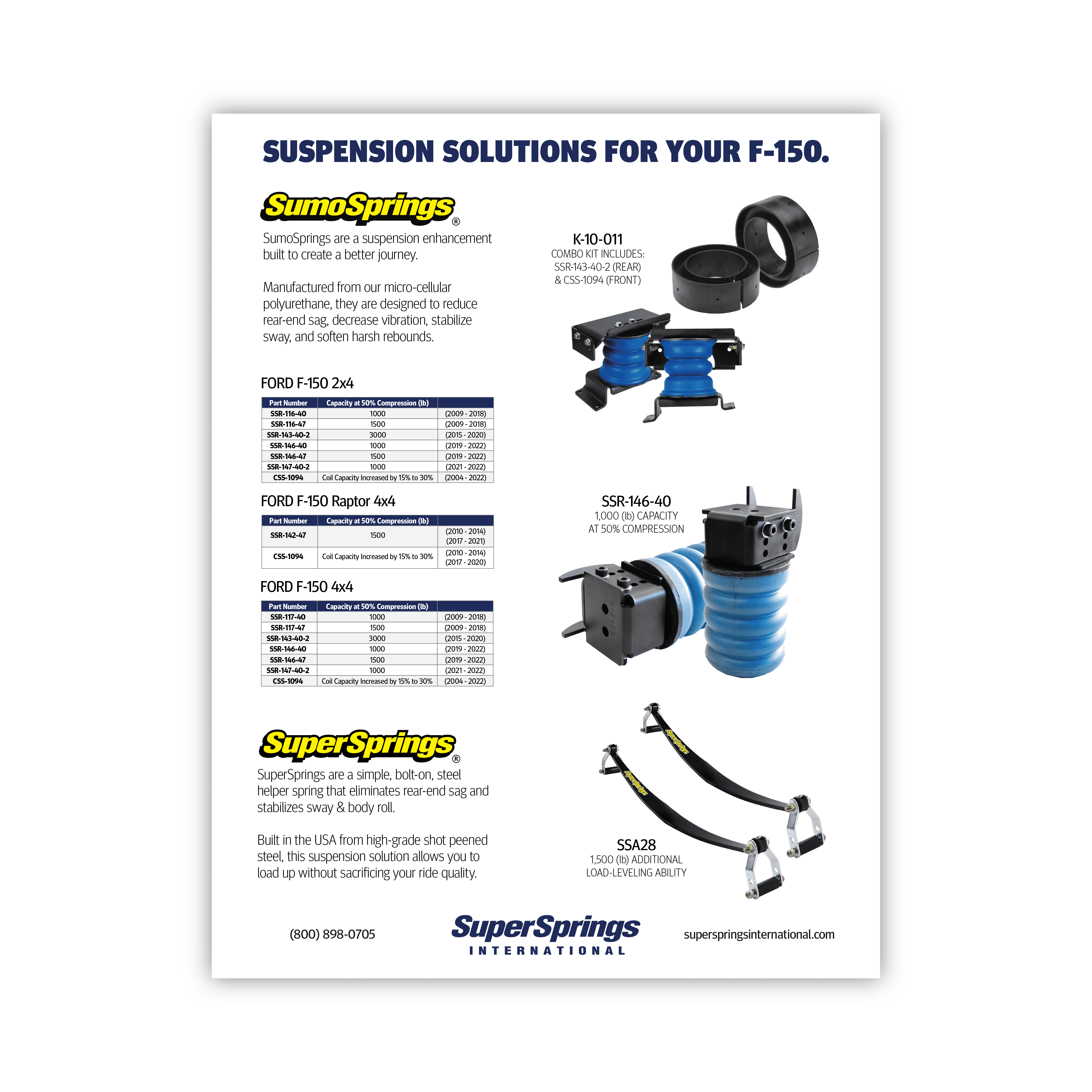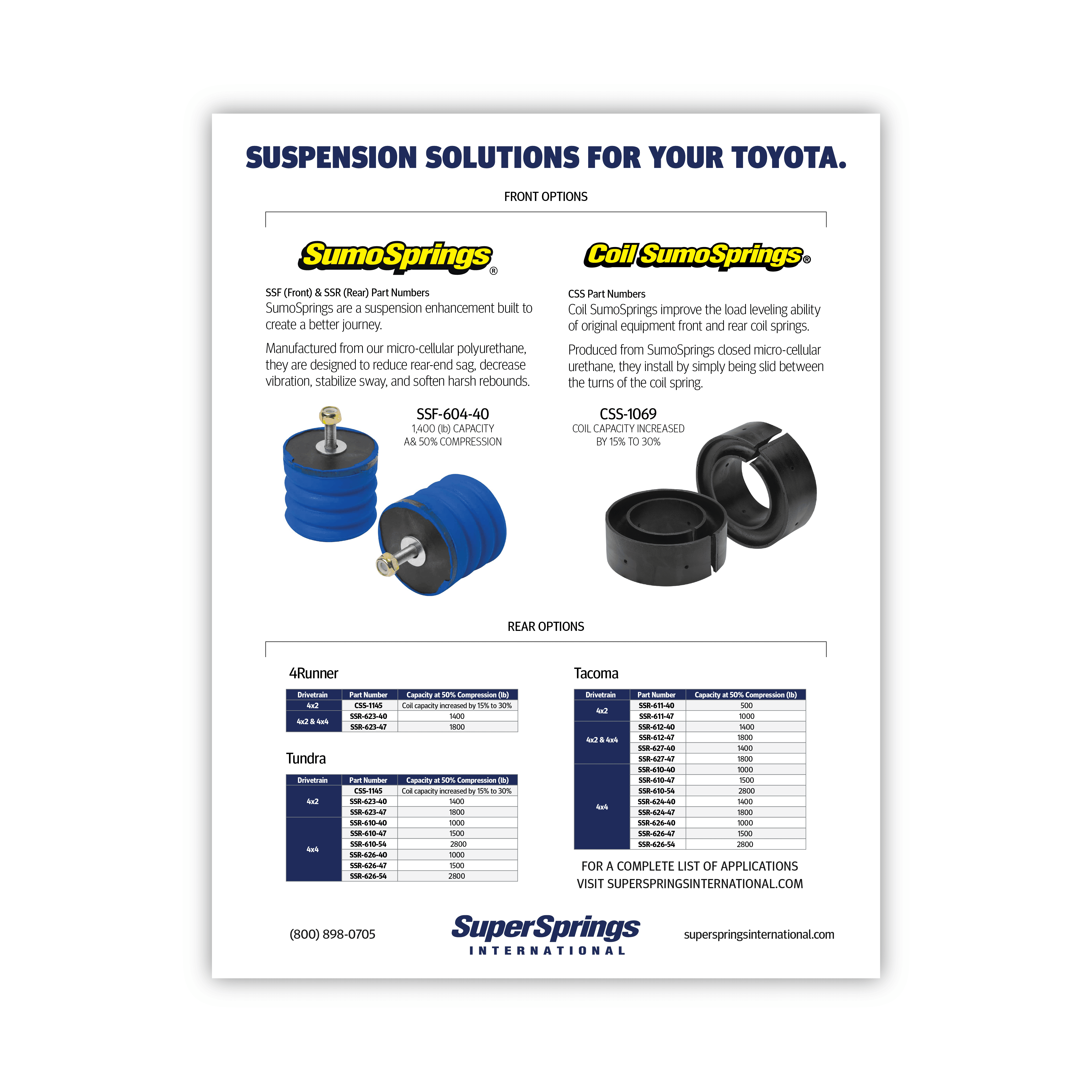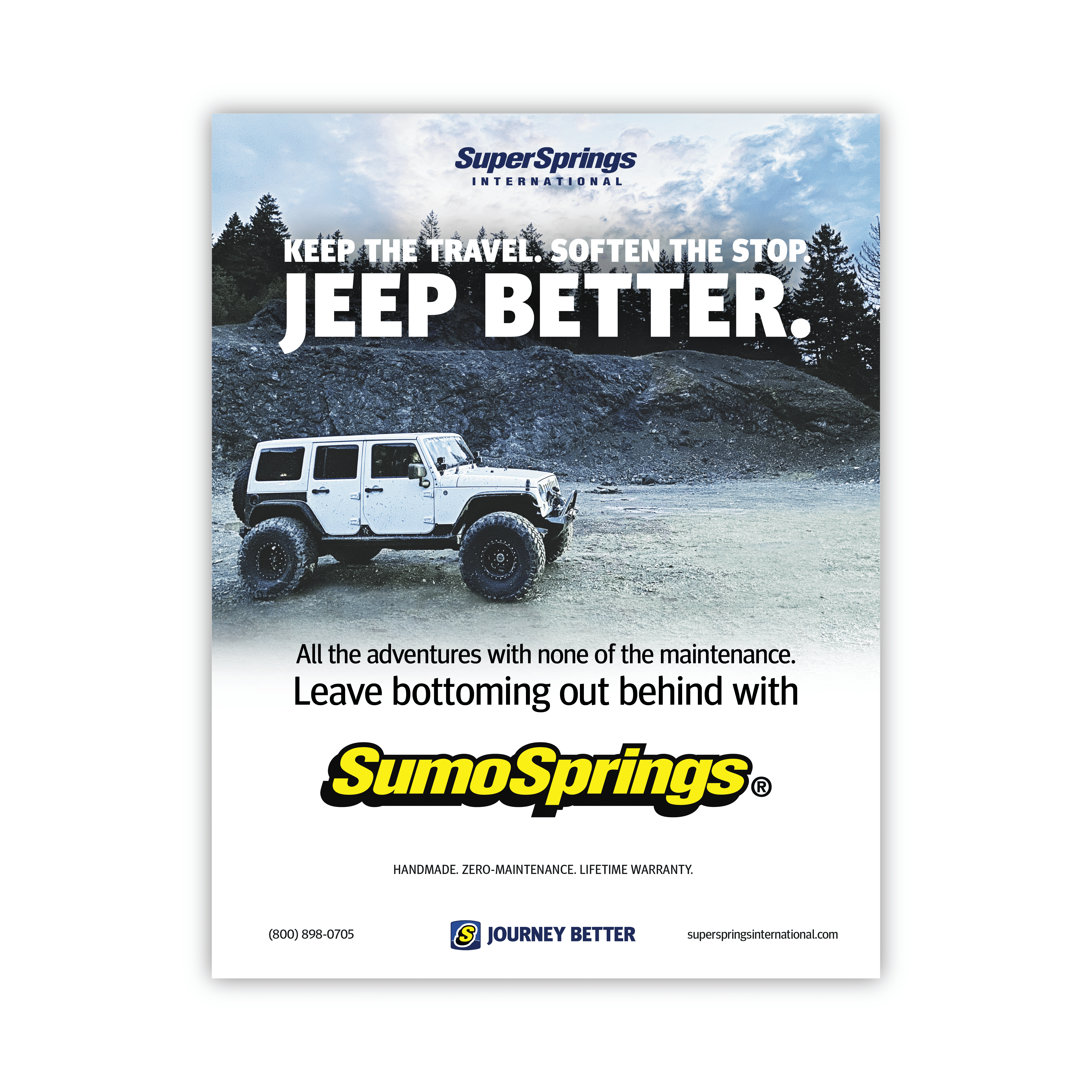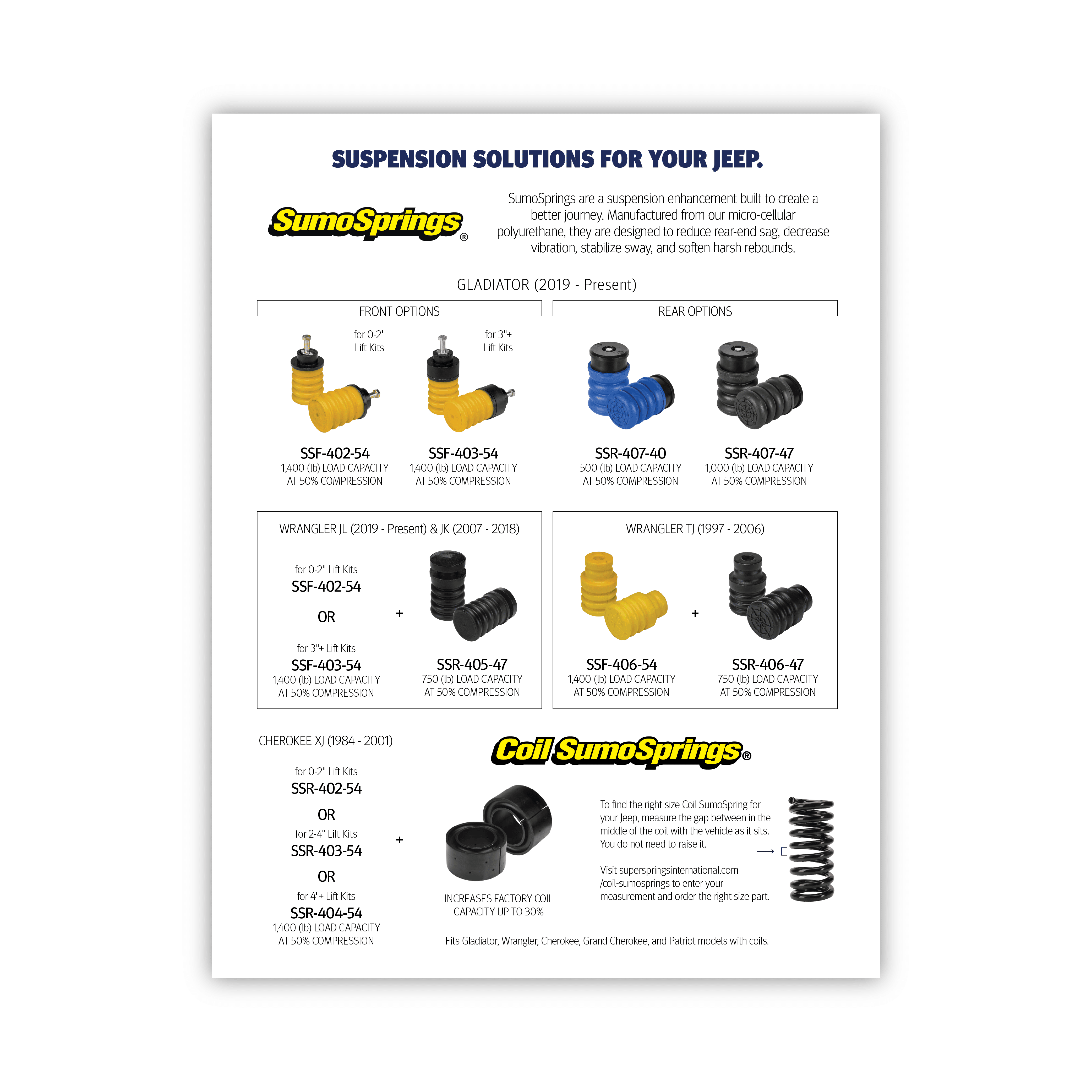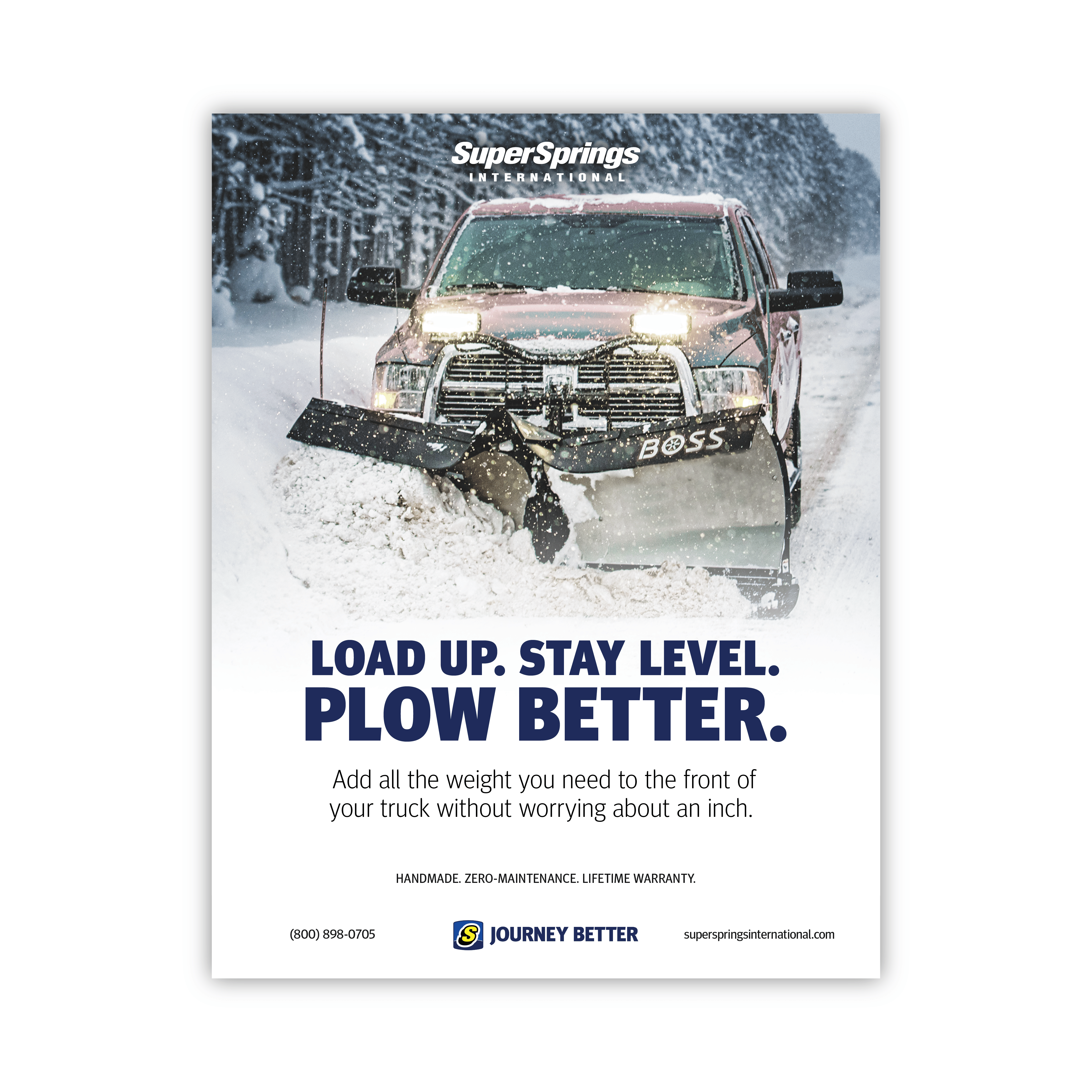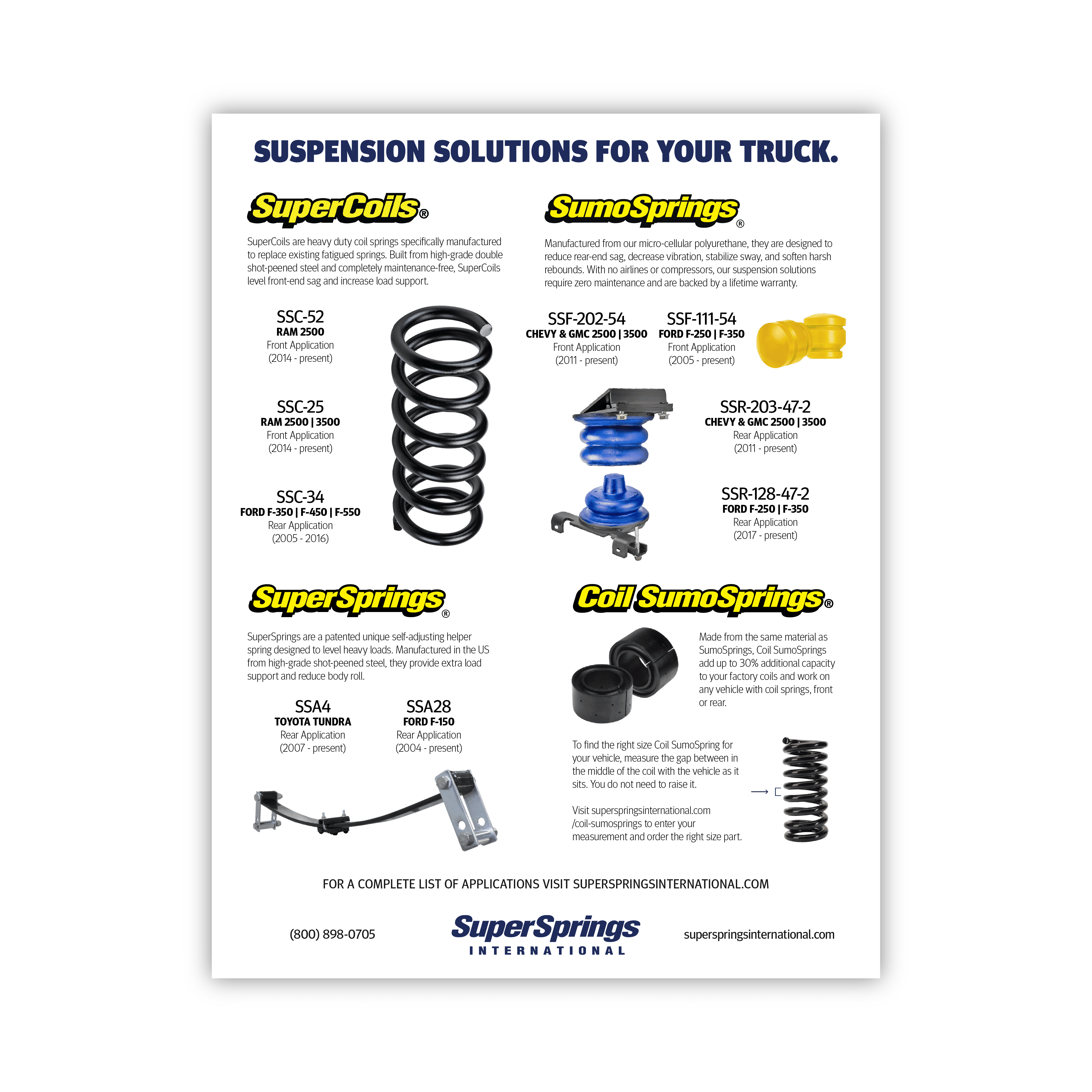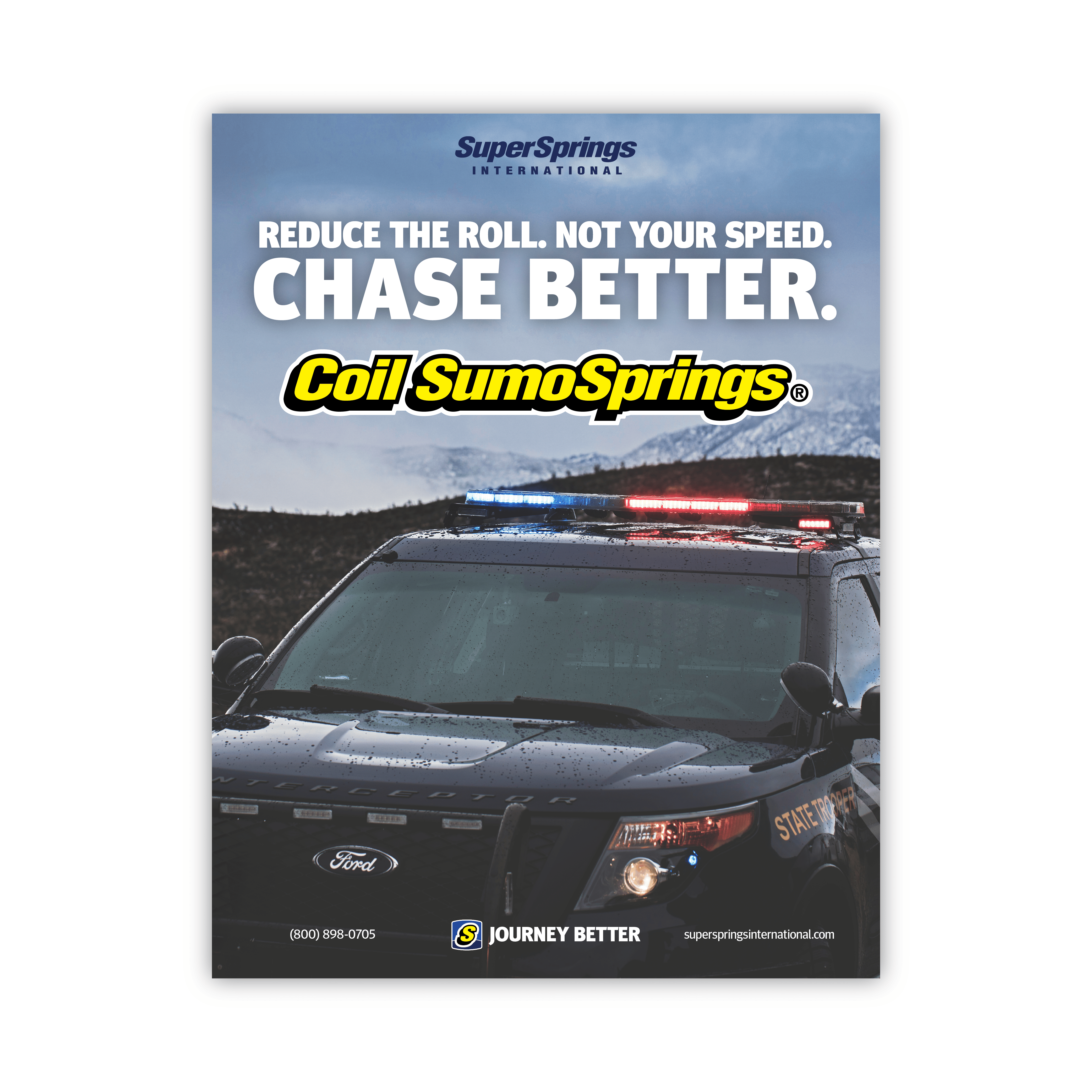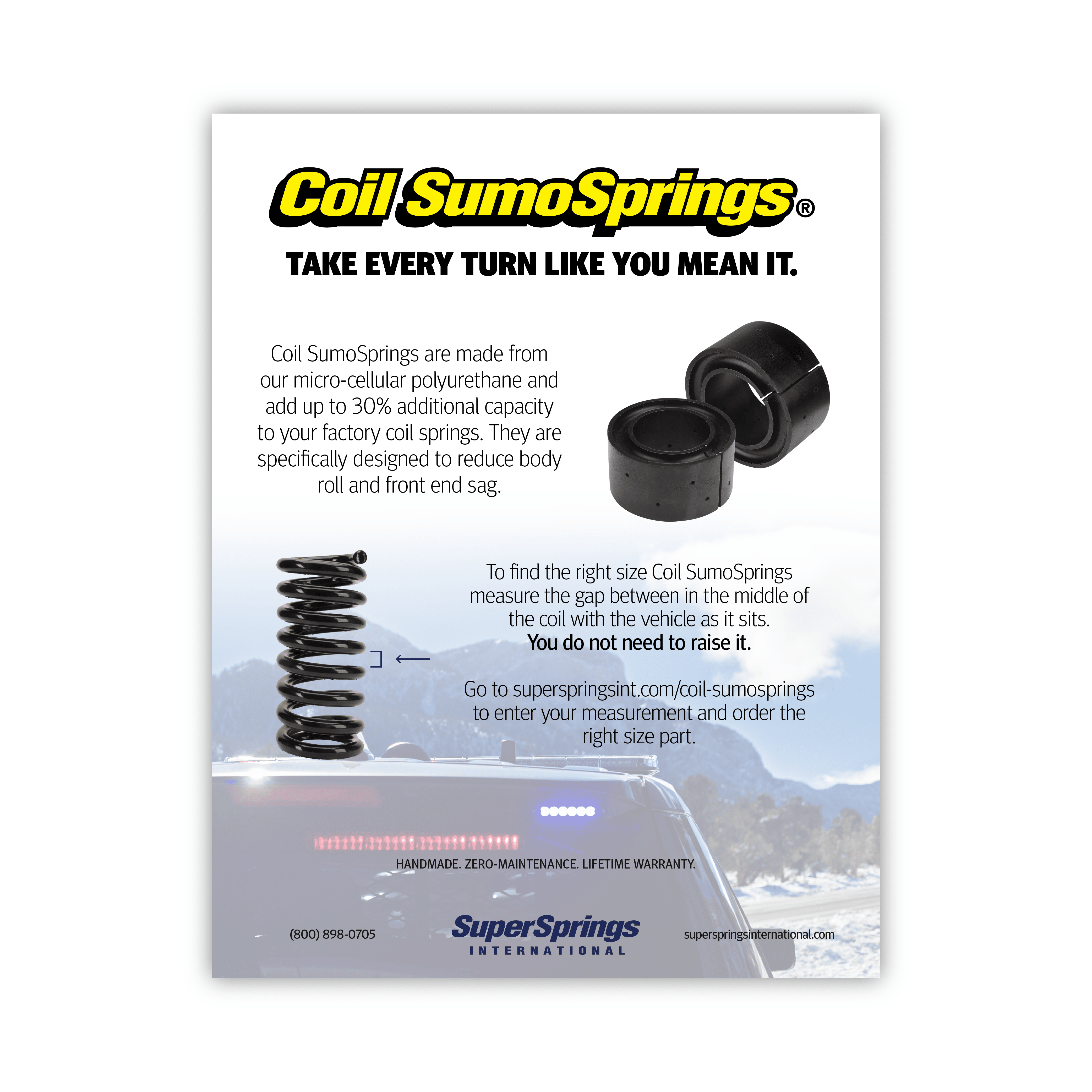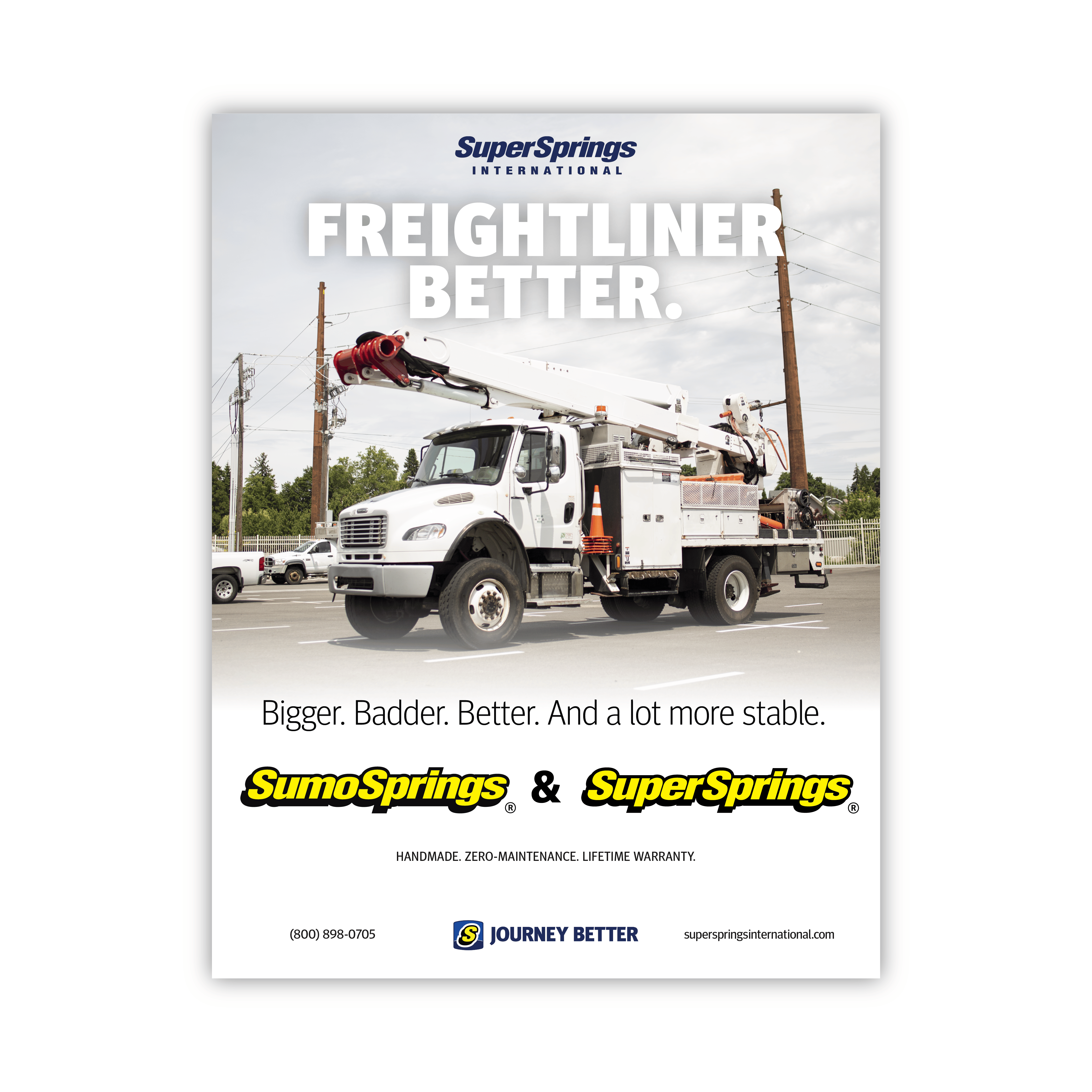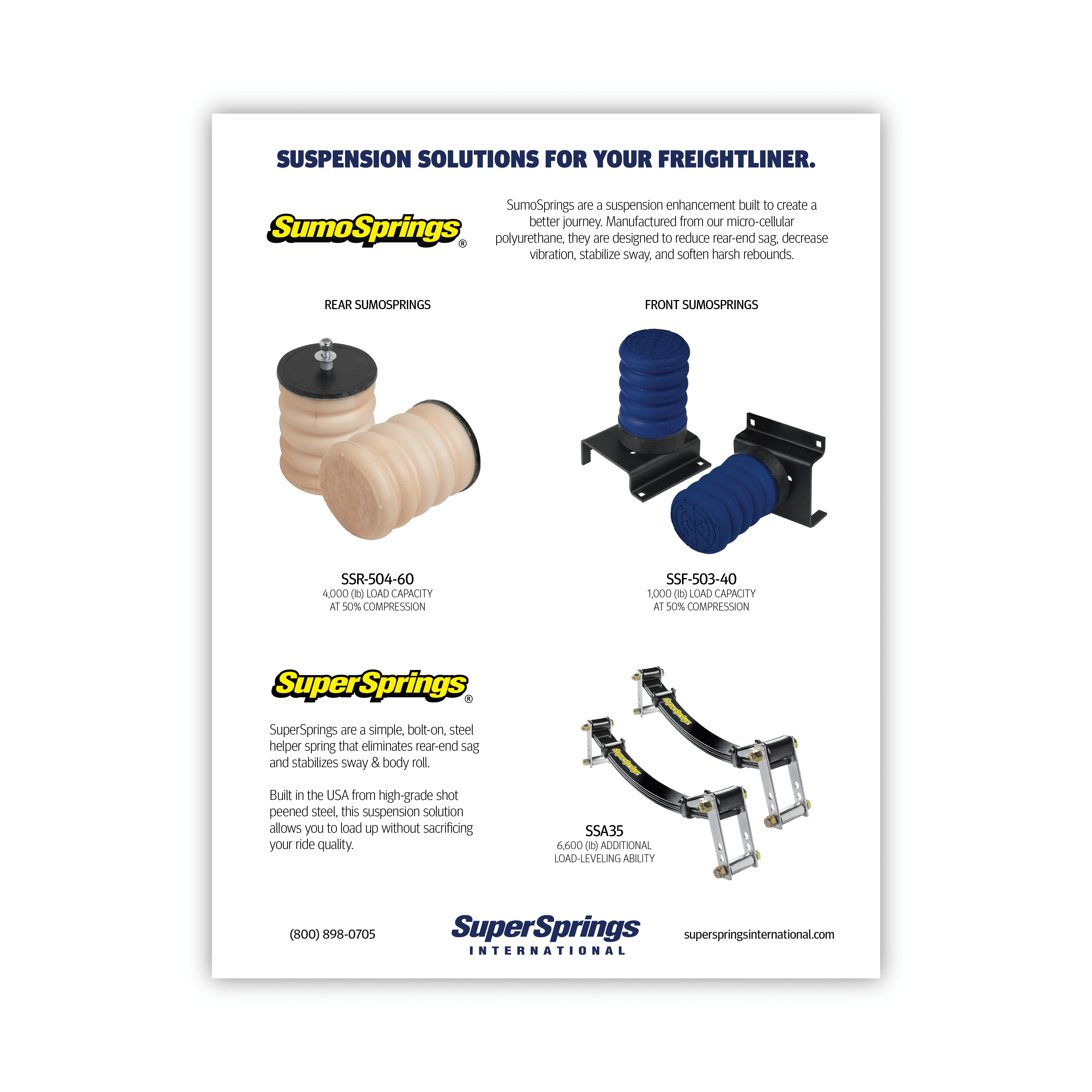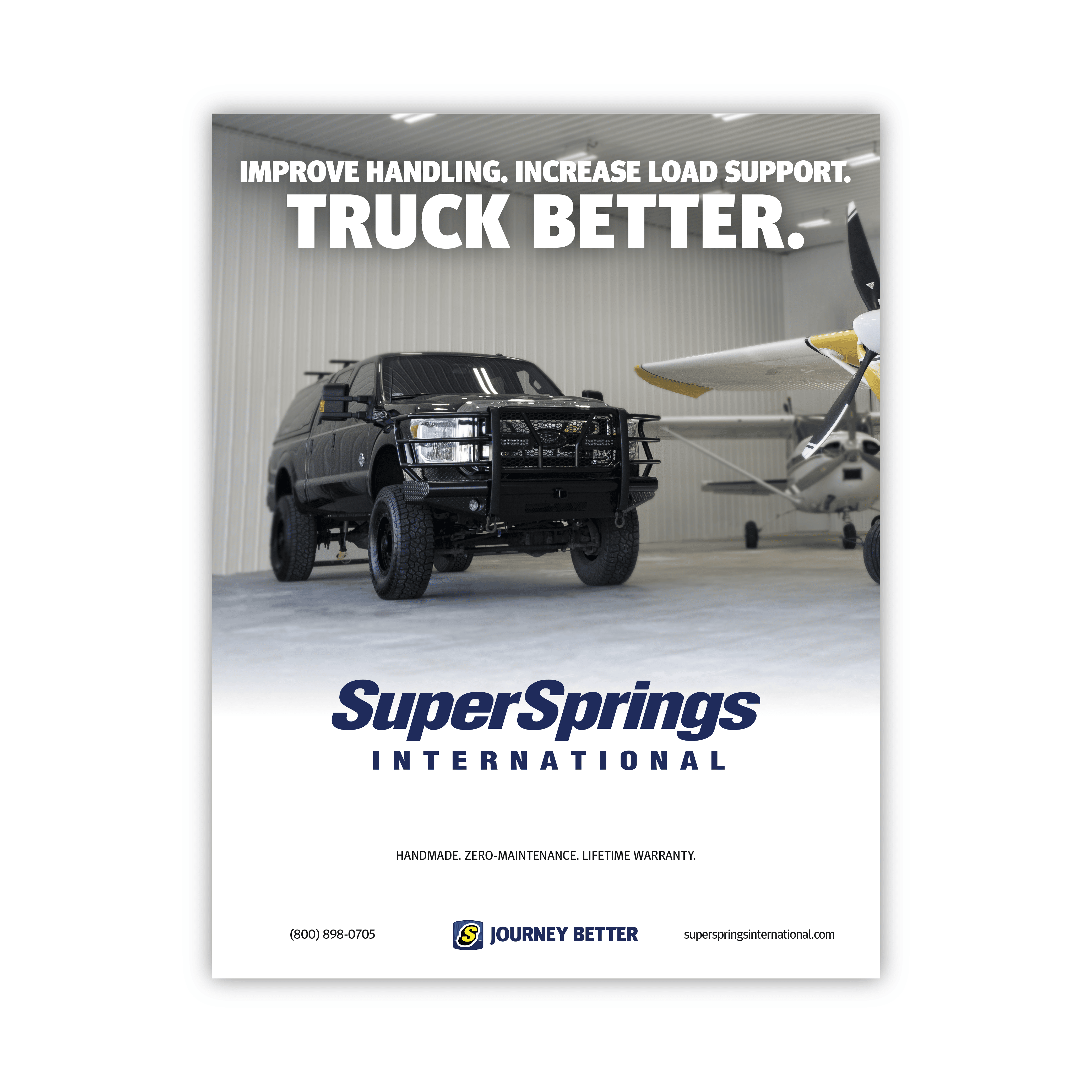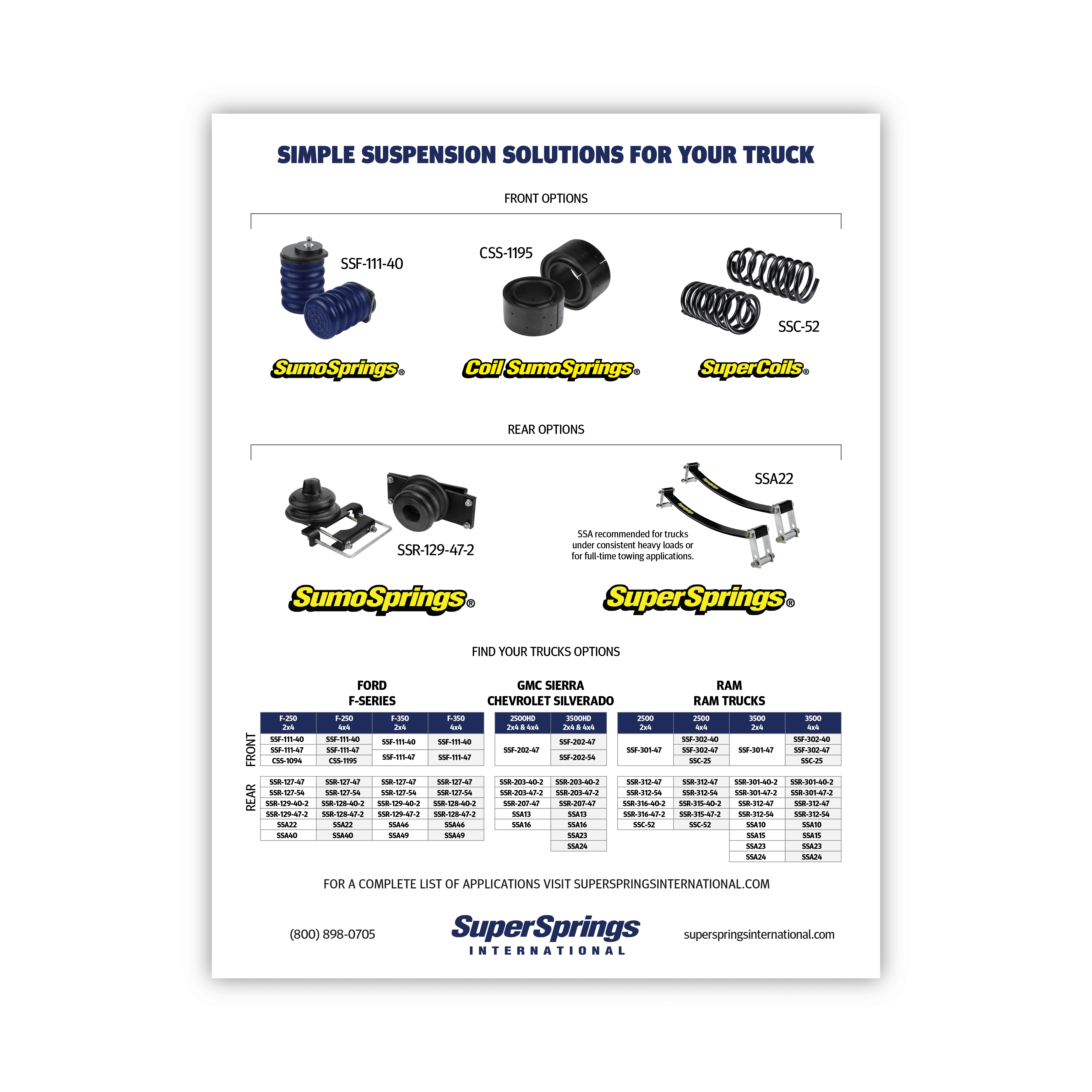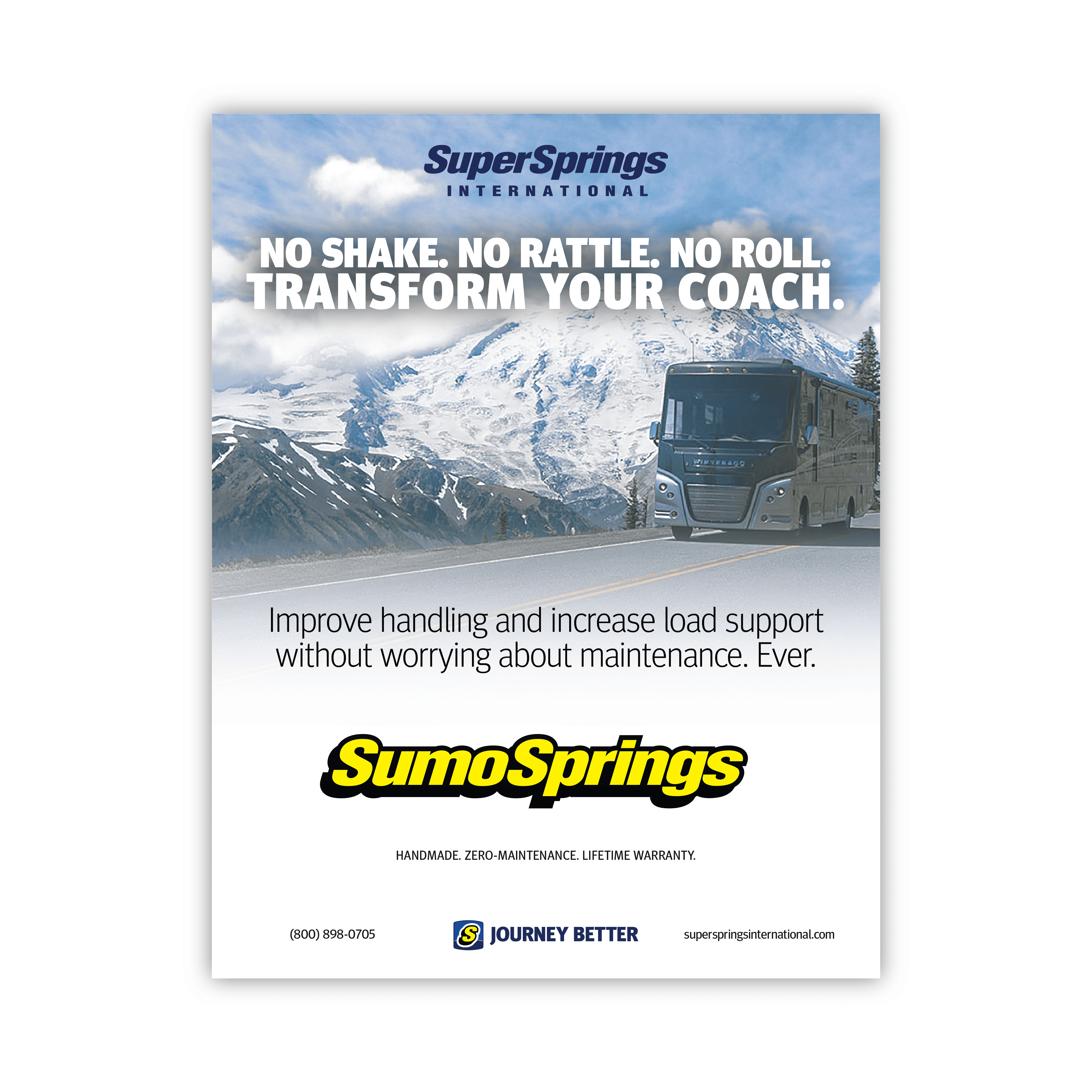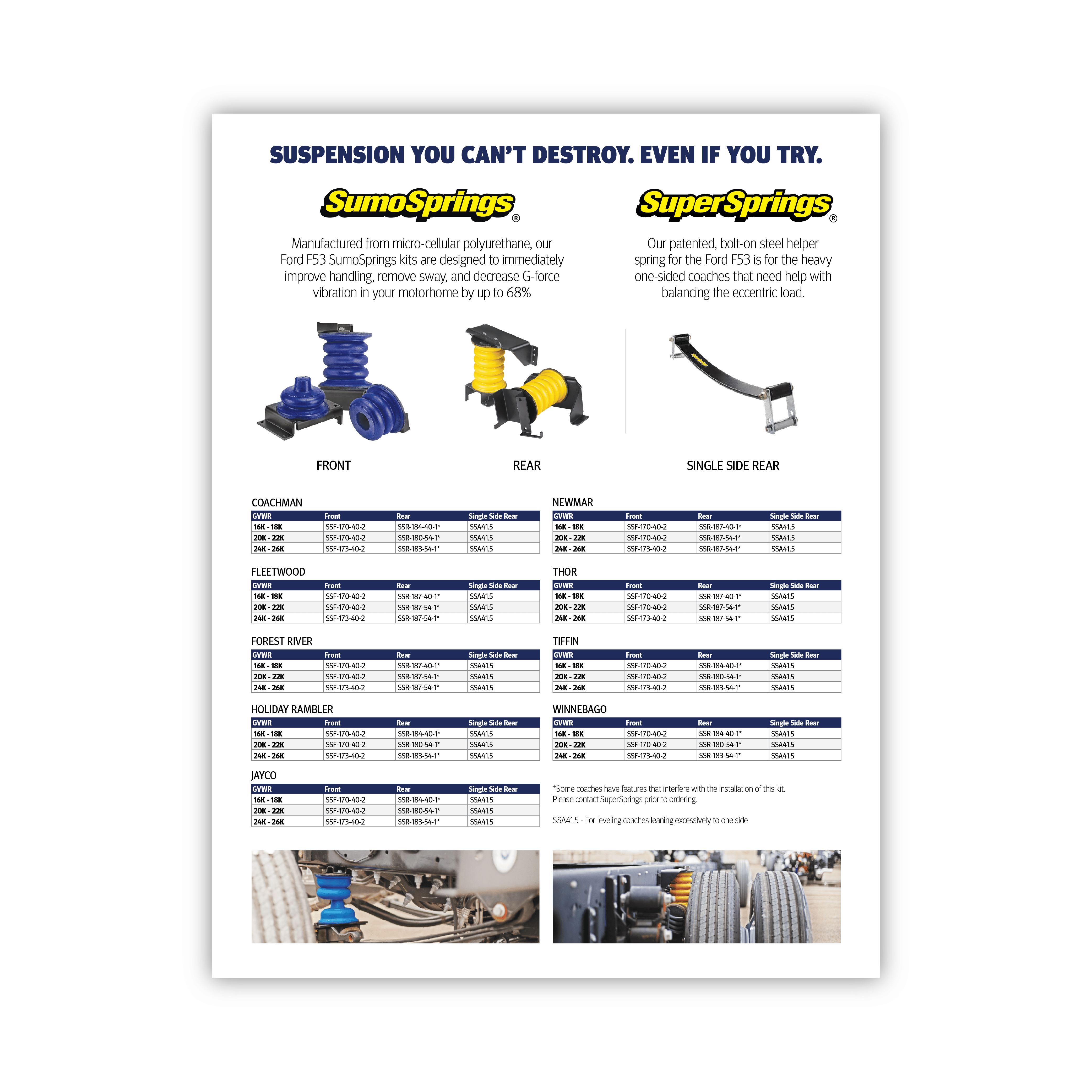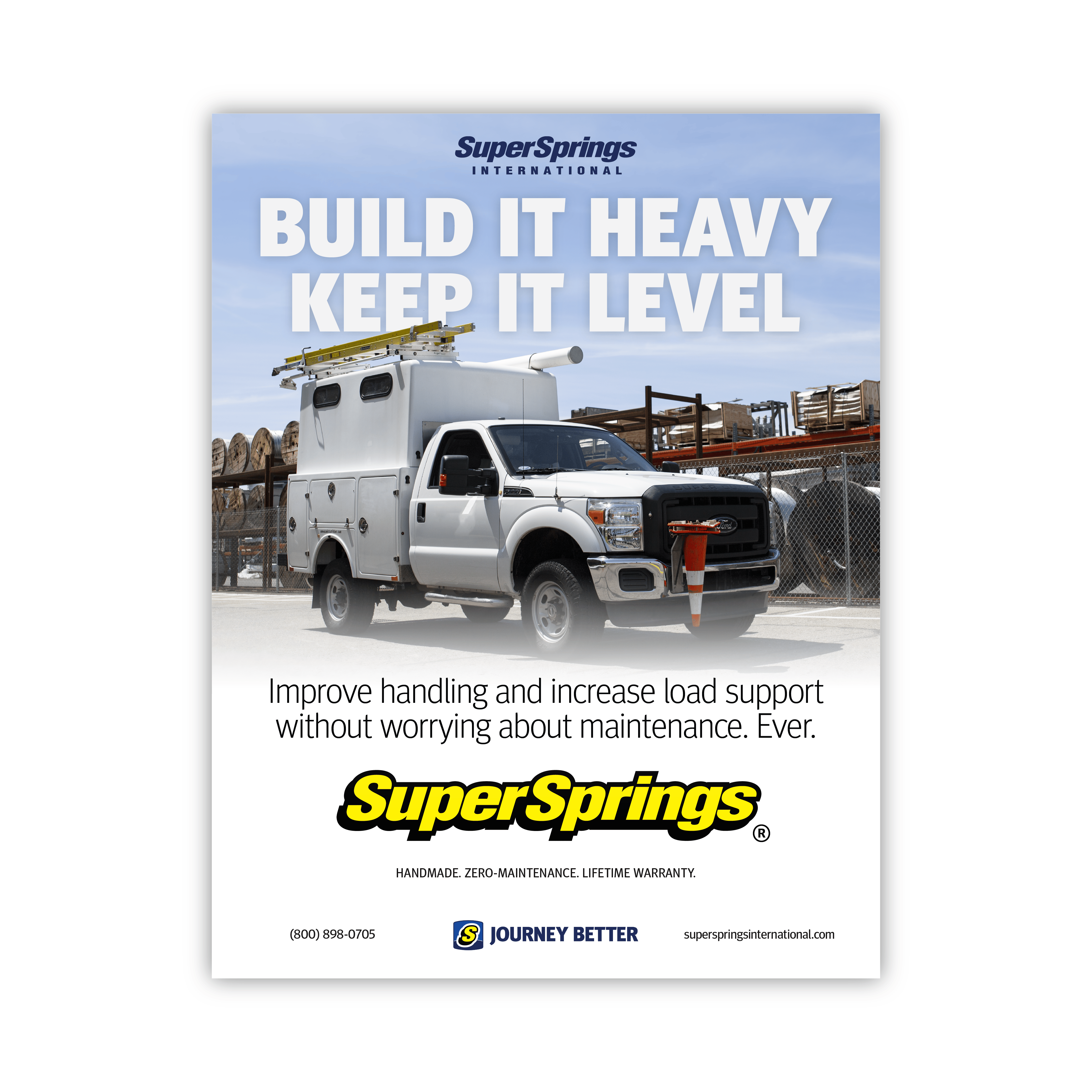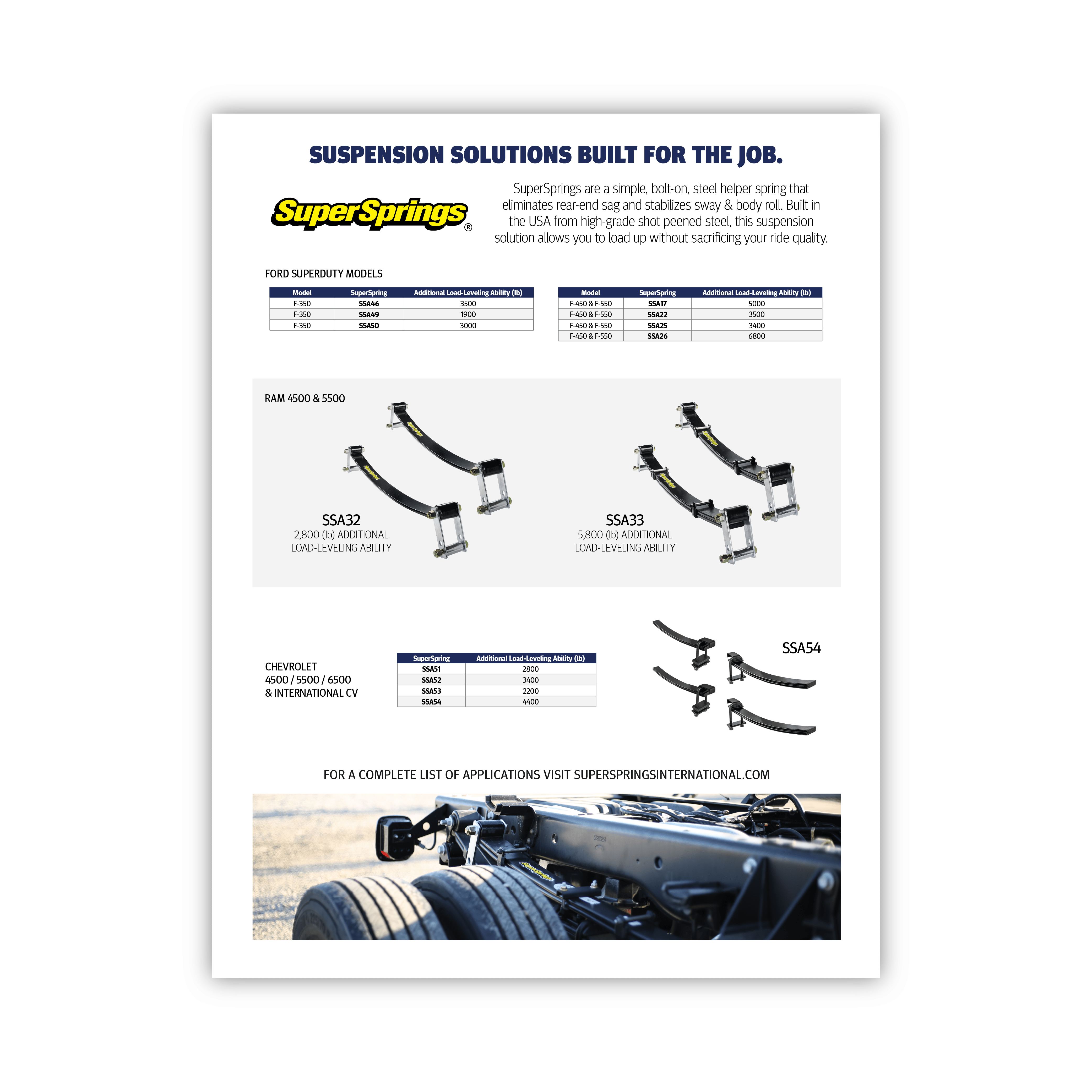When it comes to overlanding, few experiences can match the thrill of escaping into the great outdoors and finding solace in nature. The call of the wild, the freedom to explore remote locations, and the sense of self-sufficiency are some of the core attractions of overlanding. Yet, to make these adventures even more memorable and comfortable, you need the right gear. One essential piece of equipment is a roof top tent. In this guide, we’ll take you through the steps to choose the perfect roof top tent for your journey, and we’ll also explore the benefits of SumoSprings to enhance your off-road experience.
Considering Your Vehicle
Your choice of a roof top tent is intrinsically linked to your vehicle’s specifications. Start by considering your vehicle’s make and model. Not all tents are compatible with all vehicles, and your safety depends on this compatibility. Roof racks, roof load capacity, and the roof’s structural integrity are crucial factors. You must check your vehicle’s specifications to ensure it can safely support the additional weight of a roof top tent.
Moreover, don’t forget to consider the vehicle’s weight distribution, especially when it’s fully loaded with gear and passengers. If you find that the vehicle is sagging under the weight, consider upgrading your suspension system with SumoSprings. These advanced suspension solutions are designed to enhance your vehicle’s load-leveling and stability. When you’re carrying the extra weight of a roof top tent and all the camping essentials, SumoSprings help maintain a smoother ride by reducing sway and improving handling.
Types of Roof Top Tents
Roof top tents come in two primary types: hardshell and softshell. Each type has its advantages and disadvantages, and your choice should align with your personal preferences and overlanding needs. Hardshell tents are renowned for their durability and weather resistance. They typically consist of a rigid shell that unfolds to reveal a sleeping area. Hardshells are great for those who frequently encounter challenging weather conditions and want a tent that can withstand the elements. Softshell tents, on the other hand, are generally easier to set up, more affordable, and lighter. They are excellent for those who prioritize quick setup and don’t need the additional weather protection of hardshell tents.
When choosing between these tent types, consider the kind of overlanding you plan to do and your personal camping style. If you often find yourself in unpredictable weather, a hardshell tent might be the better option. Softshell tents are ideal if you prefer ease of use and a more affordable entry point into roof top tent camping. Your choice should also take into account the vehicle’s roof load capacity and your preference for aerodynamics, as hardshell tents are more streamlined on the road.
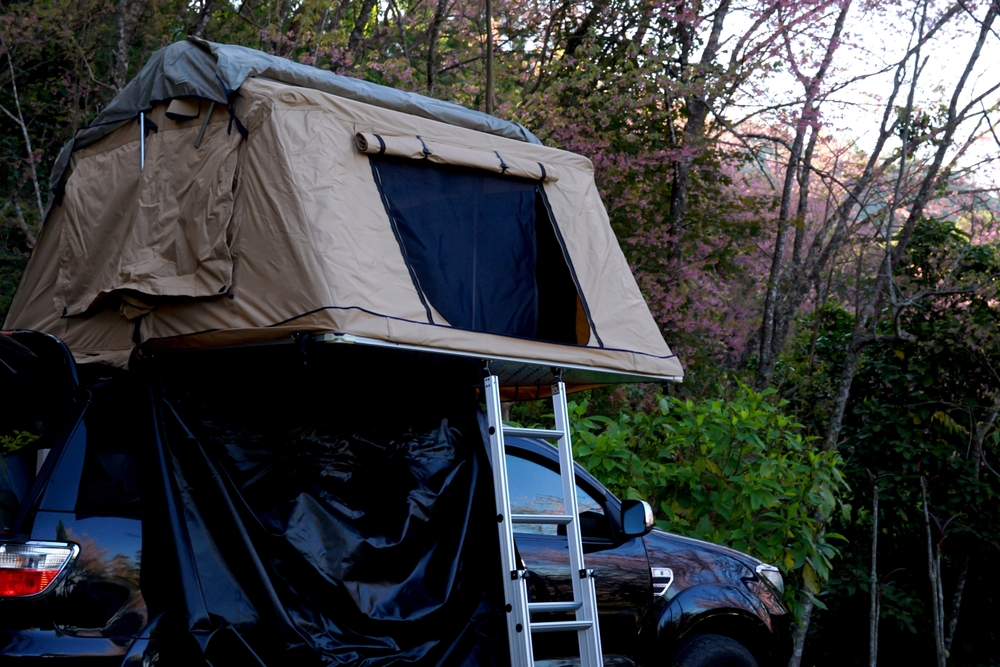
Size and Capacity
The size and capacity of your roof top tent are crucial considerations. Before making a selection, think about how many people will be joining you on your overlanding adventures. Roof top tents typically come in various sizes, ranging from compact two-person tents to larger models that can comfortably accommodate four or more campers. Keep in mind that while a larger tent provides more sleeping space, it also tends to be heavier and may affect your vehicle’s center of gravity and overall performance.
Additionally, consider the design of the sleeping area. Some tents offer additional space for gear or have annex rooms that can serve as changing areas or storage spaces. If you’re overlanding with your family or want extra room for gear, a larger tent with these features might be a good choice. However, for solo or couples’ trips, a more compact tent might be all you need. Finding the right balance between size and capacity is essential for a comfortable and enjoyable overlanding experience.
Sign Up for More Tips, Adventures, and Exclusive Offers
Embark on a better journey with SuperSprings International. Sign up for our newsletter to receive professional tips, product updates, and exclusive offers.
Material and Durability
The material of the tent and the quality of zippers and stitching are critical factors in ensuring the durability and longevity of your roof top tent. When venturing into the wilderness, you need a tent that can stand up to various environmental conditions. Look for tents made from high-denier fabric, a material known for its ruggedness and resistance to tears and punctures. High-denier fabrics are designed to withstand abrasion, making them an excellent choice for overlanding in rough terrains.
The quality of zippers and stitching is equally vital. The last thing you want is to deal with a broken zipper while setting up or taking down your tent in the middle of nowhere. Invest in a tent with high-quality zippers and double-stitched seams for added durability. Also, make sure that the tent is treated for weather resistance. A quality roof top tent should protect you from rain, wind, and other elements. When looking at different models, read reviews and consult experts in the overlanding community to gauge their real-world performance and durability.
Setup and Ease of Use
One of the significant advantages of roof top tents is their ease of setup, but not all tents are equally user-friendly. The process of setting up a roof top tent can vary from model to model. Some tents feature a hydraulic assist system, which makes deployment a breeze, while others may require more manual effort. Consider your level of experience and how quickly you want to set up camp. For overlanding, quick and hassle-free setup is essential, especially after a long day of exploring. Look for a tent that suits your preferences and skill level.
Additional Features
Many roof top tents come with extra features to enhance your camping experience. These features can significantly improve comfort and convenience while on the road. For example, some tents come with built-in mattresses, ensuring you have a comfortable night’s sleep. Others have windows for stargazing or to allow fresh air circulation. Some tents also feature awnings that provide shade or shelter from rain. Annex rooms are a valuable addition, offering extra space for gear or creating a private changing area. When choosing a roof top tent, think about which of these additional features would best complement your overlanding style and make your camping trips even more enjoyable.
SumoSprings for a Smoother Journey
One crucial aspect to consider when you’re adding a roof top tent to your vehicle is the potential impact on ride quality and stability. The extra weight of the tent can affect your vehicle’s handling, leading to increased body roll, sway, and reduced comfort during your overland adventures. This is where SumoSprings come into play. These advanced suspension solutions are designed to enhance your vehicle’s load-leveling and stability. Whether you’re embarking on a solo journey or traveling with a full camping setup, SumoSprings ensure a smoother and more controlled ride.
SumoSprings are engineered to work with your vehicle’s existing suspension system. They provide additional support, especially when your vehicle is loaded down with camping gear, rooftop tents, and passengers. By reducing body roll and improving handling, SumoSprings make your overlanding journey more comfortable and secure. Whether you’re navigating rough off-road terrain or cruising on the highway, these suspension enhancements offer a smoother and more predictable ride.
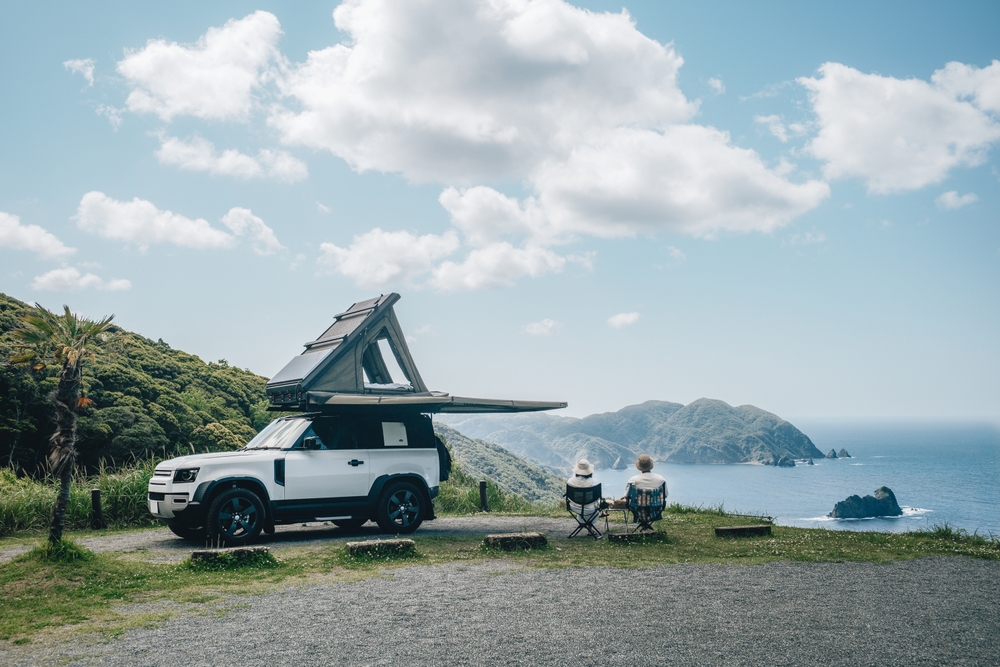
Price and Budget
When it comes to choosing a roof top tent, there’s a broad range of options available, and prices can vary significantly. It’s essential to set a budget based on your financial capacity, but remember that quality should always outweigh the price tag. A roof top tent is an investment that can provide many years of adventure and comfort. While more affordable options exist, they might not offer the same durability, weather resistance, and features as pricier models. Consider what features and qualities are most important to you, and be prepared to make a balanced decision between cost and quality.
Another factor to include in your budget is the installation and any additional accessories you might need. Roof racks, mounting systems, and awnings can all add to the overall cost. Don’t forget to budget for these items to ensure your roof top tent is fully equipped for your overlanding adventures.
Reviews and Recommendations
Before making a final decision on a roof top tent, it’s advisable to read reviews and seek recommendations from experienced overlanders. The insights and experiences of other adventurers can provide valuable information about how a particular tent performs in real-world conditions. You can find reviews on overlanding forums, websites, and social media platforms where like-minded enthusiasts share their thoughts and tips. These reviews often highlight the pros and cons of specific tent models and may provide valuable insights that help you make an informed decision.
Moreover, don’t hesitate to ask for recommendations from friends or acquaintances who are experienced in overlanding. They can provide firsthand accounts of their tent choices and their experiences with different brands and models. Getting recommendations from those with practical experience can be incredibly valuable in your decision-making process.
Warranty and Customer Support
The last aspect of selecting your roof top tent is ensuring that it comes with a solid warranty and exceptional customer support. While high-quality roof top tents are built to last, unexpected issues can still arise. Having a robust warranty can provide peace of mind in case you encounter any problems with your tent. It’s a testament to the manufacturer’s confidence in the product’s quality. Be sure to read the warranty terms and understand what is and isn’t covered.
Additionally, good customer support can make a significant difference in resolving any concerns or issues you may encounter during your ownership of the tent. Quick response times, helpful guidance, and accessible customer service representatives are all signs of a manufacturer that values its customers.
Selecting the ideal roof top tent for your overlanding adventures involves a well-rounded evaluation of factors including compatibility with your vehicle, tent type, size and capacity, material and durability, setup and ease of use, additional features, budget, and the insights of experienced overlanders. The inclusion of SumoSprings can further enhance your journey by providing added vehicle stability and comfort. With the right combination of gear, careful consideration, and thorough research, you’re ready to embark on remarkable overlanding expeditions. So, gear up, explore, and create memories on the road less traveled. Happy overlanding!


